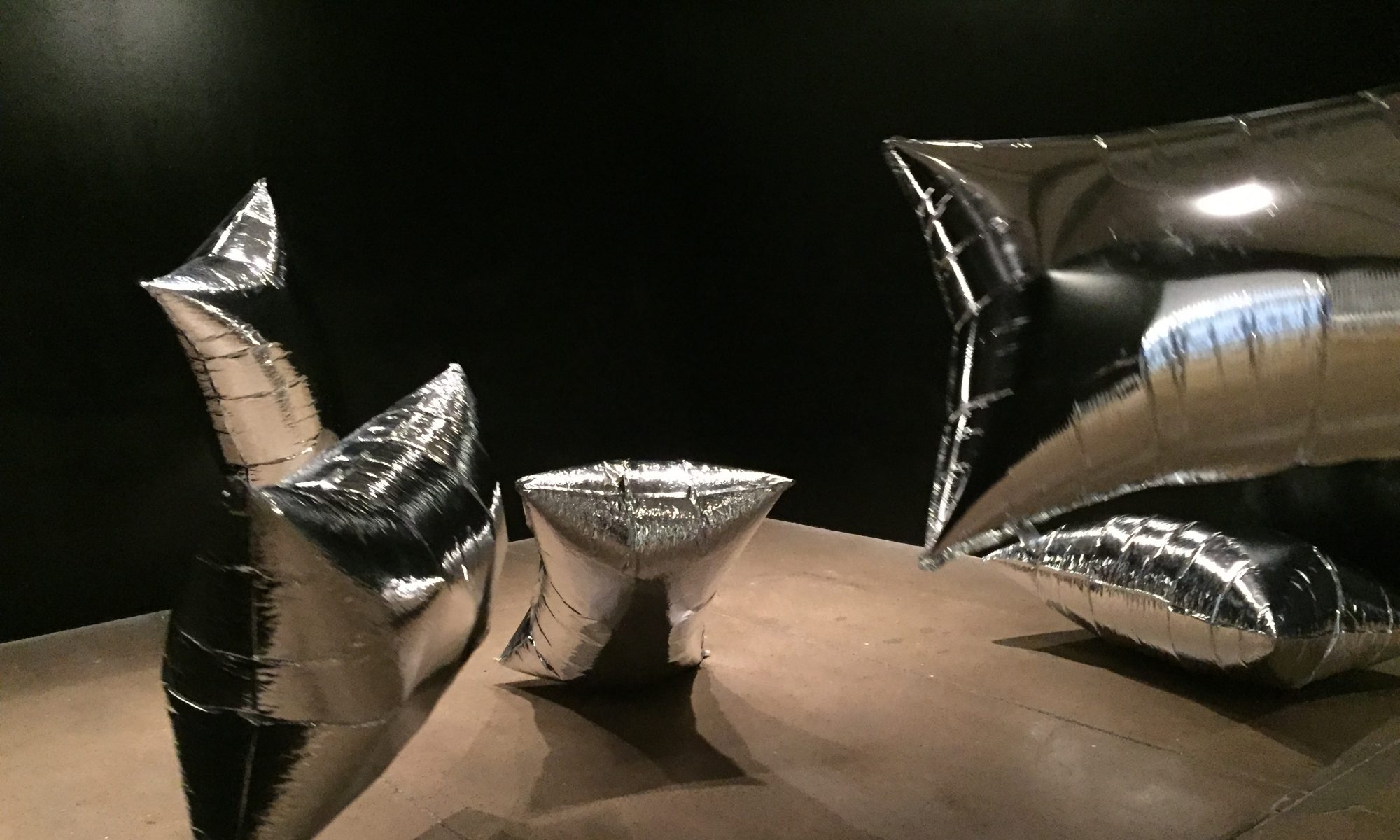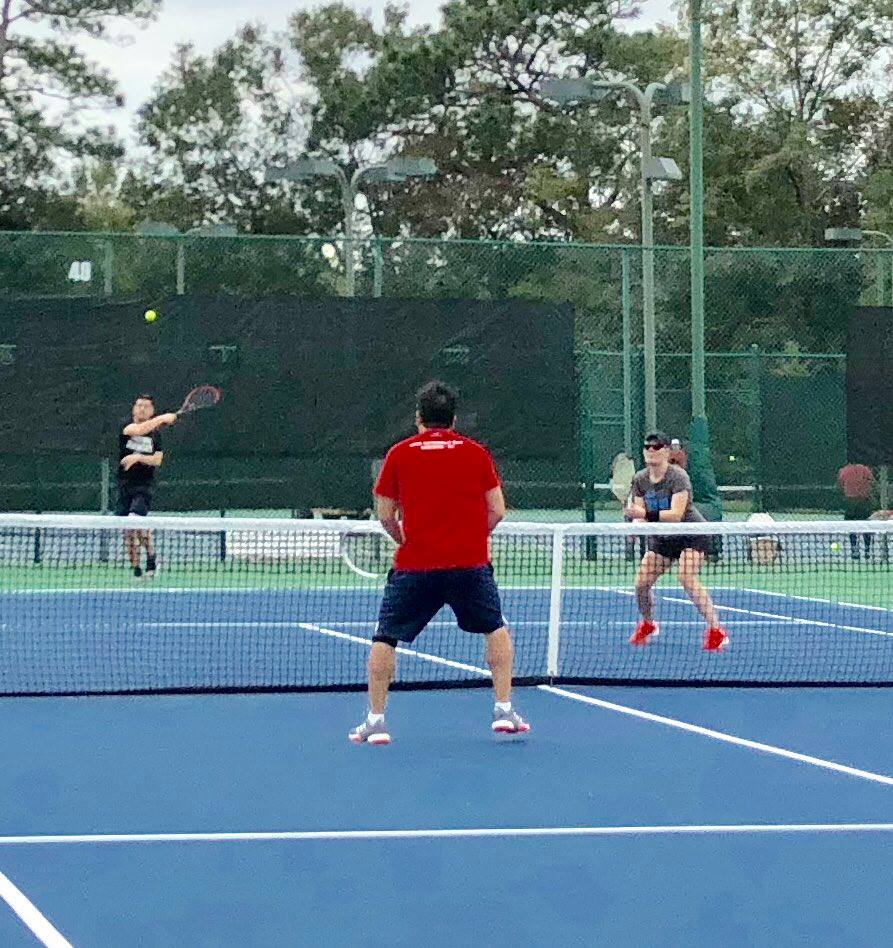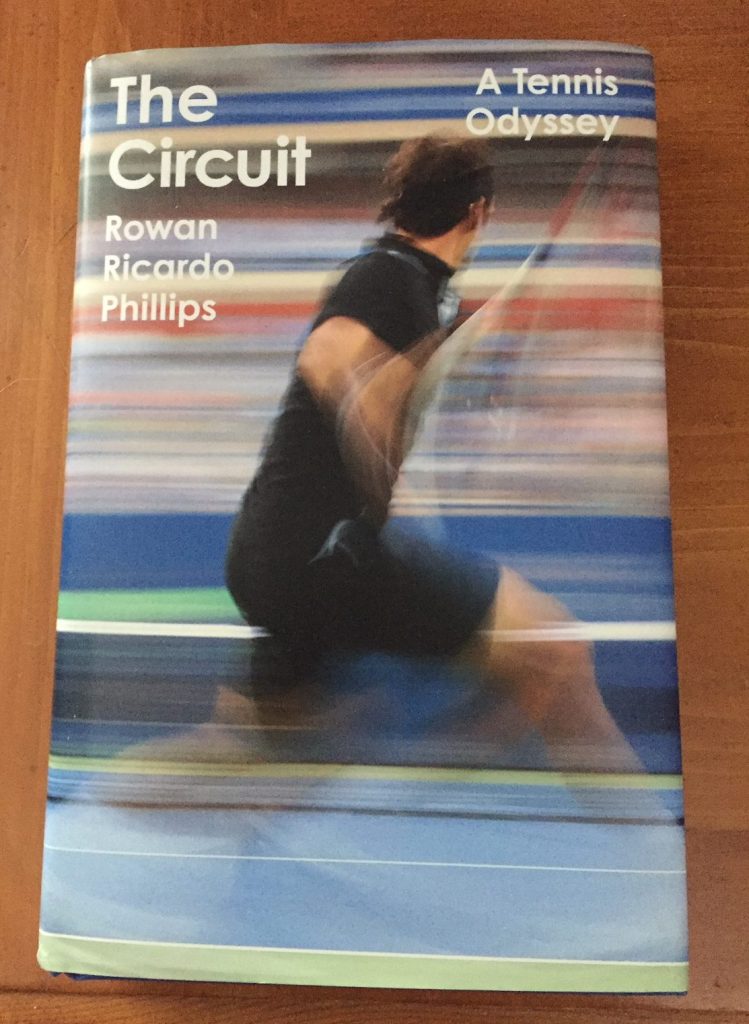This Wednesday, I got a flat tire that required an entirely new tire. I have 18 in rims and low profile tires that are probably fine in any other state but a nightmare on the horrendous roads of the Commonwealth.
This Saturday, I had tickets to WordCamp Leigh Valley, and I had to drive. I had a moment of panic thinking, “what if this happened on the road on Saturday? “
Then I took a deep breathe and said, “It didn’t happen on Saturday. It happened now when you can deal with it.”
I took off Friday, and when I got up, I had what felt like a grain of sand in my left eye. I rinsed it with water, stood under the shower, used eye drops, nothing worked. I had sand in my eye all day.
When I got up on Saturday, my eye was really swollen from all the rinsing and rubbing. I bought my WordCamp tickets in May. I bought a special iPad keyboard to take notes for the event. I had been looking forward to it for months. I also happen to get up later than I expected and couldn’t have breakfast. I was driving to an area I’ve never been to for an event I knew I would love – and my eye was a mess. “What if there is another nail in one of my tires?” I was kind of stressed out.
Then I took a few deep breaths and said – let’s just go and assume it’s going to be fine. I can see. It doesn’t hurt outside obviously being sore and gross to look at. The sand is gone. Once I get some water in my system, the swelling will subside. I have a pile of bananas I can eat on the road. Let’s grab a Gatorade and go. I’ll wear glasses anyway. The place is full of nerds that will hardly notice my angry eye… and so what if they did.
The moral of the story is : it was fine. I got a protein bar at a WaWa after my bananas were gone. I made two wrong turns that were easily corrected. I had no trouble finding the place. I got my preferred parking space right next to the venue. The car held up fine. Everything was fine. Everything was perfect. I made some new friends. Learned so much. Brought home two nerd t-shirts. Mixed up my life in the best way possible.
My mind often turns to the worse possible explanation, and I know many experience this from time to time.
Just remember – it could just be fine. In fact, it will probably just be perfect.



